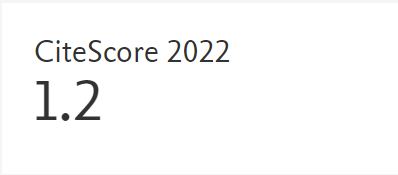Optimal coding of blended seismic sources for 2D full waveform inversion in time
Resumen
Full Waveform Inversion (FWI) schemes are gradually becoming more common in the oil and gas industry, as a new tool for studying complex geological zones, based on their reliability for estimating velocity models. FWI is a non-linear inversion method that iteratively estimates subsurface characteristics such as seismic velocity, starting from an initial velocity model and the preconditioned data acquired.
Blended sources have been used in marine seismic acquisitions to reduce acquisition costs, reducing the number of times that the vessel needs to cross the exploration delineation trajectory. When blended or simultaneous without previous de-blending or separation, stage data are used in the reconstruction of the velocity model with the FWI method, and the computational time is reduced. However, blended data implies overlapping single shot-gathers, producing interference that affects the result of seismic approaches, such as FWI or seismic image migration.
In this document, an encoding strategy is developed, which reduces the overlap areas within the blended data to improve the final velocity model with the FWI method.
Descargas












